The iOS 6 Review: Maps Thoroughly Investigated and More
by Brian Klug & Saumitra Bhagwat on September 19, 2012 2:21 PM ESTOther UI Changes
In each iOS release it always seems like Apple makes some subtle UI changes, similar to what it has done in OS X for years now. In iOS 5, Apple changed the toggles from a rectangular switch to circular, now in iOS 6 the status bar can change color depending on the app you’re inside. This color changes to either the average color of the bottom row of pixels in an application’s top bar, or to a specified value. It’s initially a jarring change since previously the status bar was this immutable iOS feature nobody could touch. It seems those barriers have come down in iOS 6, as now apps can change its color, and others like the official Twitter for iPhone app can even populate it with custom status text when sending a tweet.
The top status bar can now change colors
Settings.app gets a big makeover, with a few new items on the front page view and new organization as well. Bluetooth gets brought out of general and placed below the WiFi toggle how it always should have been. Facebook and twitter integration single sign on are grouped together, as are the new do not disturb and notifications center settings. This is just a lot of housekeeping for a settings app that was starting to get crufty as new features compounded over time.
Brightness and wallpaper hasn’t changed (with the addition of a few new wallpapers), but iOS 6 fundamentally changes the functionality and curves for auto brightness. Brightness now seems to be more of a log scale, and the slider seems to set a lower bound rather than a window for the auto brightness function. Where previously I would set brightness to around 50%, I now set it on iOS 6 to around 10% to get similar behavior. There’s a much longer hysteresis for change as well, and though this was initially disconcerting for me, I’ve found less blinding happening with iOS 6 than past releases.
That being said, the auto brightness on the 3rd generation iPad doesn’t seem to function very well. While the brightness is keenly revised upwards under extremely bright environments, it doesn’t seem to show the same enthusiasm to adjust downwards in darker environments. People elsewhere seem to be facing a similar issue on their 3rd generation iPads as well, so I fully expect a fix to be in the works.
Data Isolation
There’s a new privacy tab which now aggregates all the new iOS 6 data isolation stores. This is Apple’s response to both Android’s permissions system and recent discovery by users that apps frequently send off your entire address book. The system basically extends how iOS treated location services data permissions to contacts, calendars, reminders, photos, and the single sign on Facebook and Twitter tokens. Inside this settings page you can individually see what apps have been granted access, and revoke it.
Under location services is the same menu which was introduced in iOS 5. As we touched on earlier there’s a few new items under system services including the “traffic” process which contributes to Apple’s new traffic crowd source database. As usual you can disable these for privacy reasons or to save some power, though traffic seems to only fire up when the phone is plugged into a power source.
FaceTime over Cellular
Under FaceTime at the very bottom is a new toggle for cellular data. Toggle this and you’ll be able to make and receive FaceTime calls over the cellular air interface, if your carrier supports it. At present this menu appears to implement the same provisioning checks as the tethering pane. I wish I could say I tested FaceTime over cellular, but thanks to AT&T and my unwillingness to change to one of their supported plans I haven't done so.
Panorama for Camera.app
The camera interface in iOS 6 is largely the same as it was with previous versions, in fact this only really makes a significant departure for the iPhone 5 where it now has a larger black bar due to the fact that the camera imaging area is 4:3 and the display is now 16:9.
What's new is the inclusion of Panorama for the iPhone 4S (in addition to the iPhone 5), which oddly enough has been lurking inside iOS configuration plists for some time now. The iPhone 4 and 3GS get left out, however this feature does leverage the ISP and SoC strongly so some of that makes sense.
Instead of taking a few discrete captures at different positions in the panorama, the iOS 6 panorama feature integrates over a strip continuously which definitely helps minimize distortion and edge matching artifacts which normally plague panorama applications. The number of panoramas we've had a chance to make have turned out pretty well thus far. Panoramas can also be shot vertically in addition to horizontally.
Shared Photo Streams
Finally, as a logical extension of Photo Stream introduced with iOS 5, Shared Photo Streams lets you share your your photo albums with friends and family. Shared Photo Stream lets you share only with other iCloud users, so it’s a much more controlled environment for sharing your personal albums. There is however an option to publish the album on iCloud.com that lets anyone with a link to view the album. Photo Stream and Shared Photo Stream are mutually exclusive options; so you can choose to disable one and enable the other, depending on your requirement. Personally, I’ve never kept Photo Stream enabled, primarily due to data and other privacy concerns. But Shared Photo Streams is a nice way to selectively share content without having it publicly scrutinized on Facebook.
Sharing is easy; just create a new album (or choose an existing album) to share from the Photo Stream tab in the Photos app, enter the iCloud addresses that you’d like to share with and you’re done. Invited people receive an email asking them to join. Thereafter, they should be able to see the album on their iOS devices. Shared Photo Stream albums currently do not show up under iPhoto. The shared album naturally also appears on any other devices associated with the Apple ID used to share. Then the spree of endless liking and juvenile comments can commence.
Once an album is created, it’s easy to share it with new people or change other album settings. On the iPad, the interface is somewhat confusing; you have to tap Edit, and then tap any image in the album to being up the settings. On an iPhone/iPod touch, just click on the bright blue arrow next to the album name to bring up the settings. Under notifications for the Photos app, you can toggle Photo Stream alerts to show for everyone, or only from people in your contacts. This should be quite handy if you’ve subscribed to other people’s shared photo streams and don’t want to be bothered with incessant alerts.
Publicly shared albums are hosted on iCloud. The web interface is quite nice and builds heavily on the MobileMe Gallery UI. Unlike MobileMe Gallery though, there’s currently no option to bar people from downloading photos from public albums. Commenting and liking is disabled on the web interface, and for good reason.
Of course as we touched on earlier there’s a new Facebook single sign on function which integrates the service into iOS much the same way Twitter has been. Login here and notification center will include an option to update Facebook status, in addition to syncing with contacts and exposing Facebook as a share endpoint in some dialogs.
iPad Clock.app
A surprising addition to iOS 6 is a slick new Clock app for the iPad. As the icon suggests, the app has a sliver and frosted white interface featuring a world clock, alarm, stopwatch and a timer. The world clock lets you add 6 clocks at the very top, while the map below displays those locations with their weather. The alarm page is also split up, with the top half showing the current alarm time, while the bottom half displays a week's calendar that shows all your alarms. Active alarms are highlighted blue and the inactive ones are gray. You can also tap and hold any of the set alarms and drag them on the calendar to set them manually. Very impressive indeed.
Similarly, the stopwatch shows the timer in the top pane and a list below populates all your lap times. The timer interface feels the oddest, because quite frankly doesn't require a 9.7" screen. Apple's literally gone ahead and pasted the iPhone timer UI and added the Start and Pause buttons around that. Kinda looks like Mickey Mouse with tiny ears. The new Clock app is a fantastic addition to the iPad, and users will enjoy its intuituve UI immensely.
YouTube
While the big news in iOS 6 is the substitution of Apple-supplied maps instead of Google maps, YouTube is the other Google product to get the boot this release. Though the standalone application is gone in iOS 6, YouTube itself remains an upload target from Photos.app and other places in iOS, but the familiar and oh-so-skeumorphic TV logo is now just a distant memory.
First, a little bit of history. Originally the only way to get to YouTube videos on iOS was through the YouTube app. The reason was actually pretty simple – the app served as a curated gateway to a small but growing subset of the YouTube catalog which was encoded using H.264 (as opposed to FLV). Recall that back in more innocent days, Google and Apple were such great lovers that Google was not only willing to dedicate tons of Xeons to transcoding from FLV to H.264, but hard drives as well to storing a bunch of different versions of the same video. Since then H.264 has pretty much won as the lowest common denominator encode target, though Google also steadfastly makes FLVs and added its own WebM/VP8 video as well. But back then, YouTube.app was the way iPhone users got to H.264 video content that the iPhone’s video decode block could play back. Remember that on mobile, hardware blocks dedicated to some particular use case are the way to achieving power efficiency. Oh, there also was obviously no HTML5 video element.
Since the iPad, Apple has employed a more direct approach, playing back the H.264 stream either in the browser or breaking you out of it directly in to a player. The YouTube app started getting more and more crufty, tied to iOS releases for any minor changes. Google began making its mobile interface better and better, and for years now you could largely view YouTube content on the iPhone or iPad without once launching YouTube.app.
What functionality did remain there were things like quickly browsing subscriptions and other tasks. In its stead, Google has built a replacement native YouTube app whose appearance and functionality almost completely mirrors the Android equivalent. Google has begun directing YouTube videos opened from MobileSafari and other apps to open and play back using their YouTube app as well. Unfortunately what gets lost is that at present there's no iPad application, and also AirPlay from the YouTube player appears to be completely broken. There’s really not much to say beyond that – there's a loss of features at the outset, but if you factor in the fact that Google can now maintain YouTube, freely decoupled from iOS, there's the potential for huge improvements. Of course, their motivations aren’t entirely benign, they want to serve mobile ads, but hey, nothing is perfect.



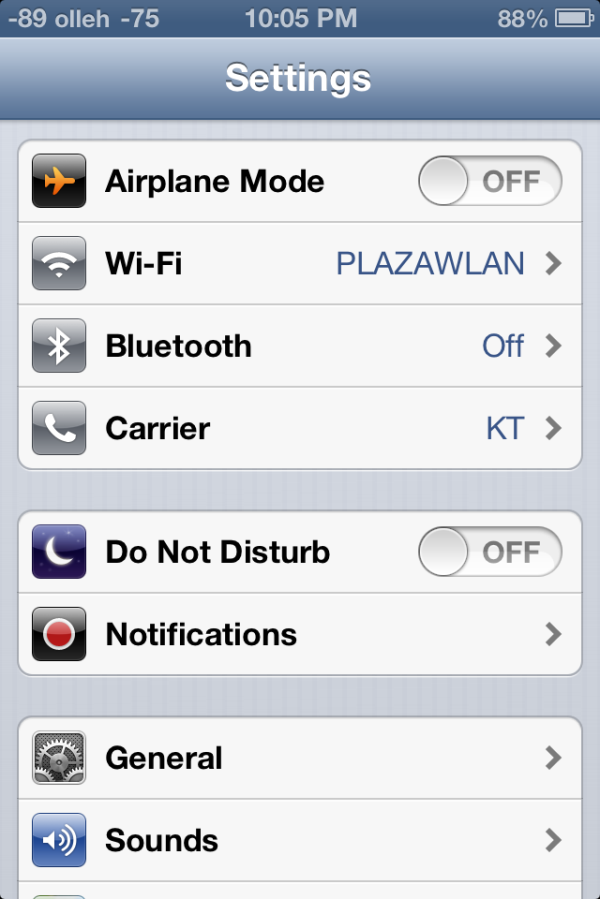
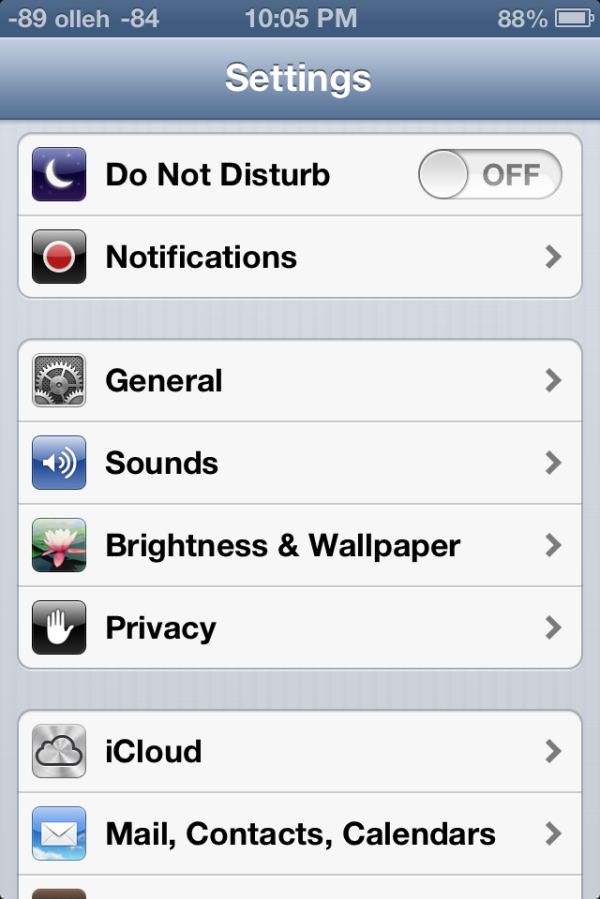
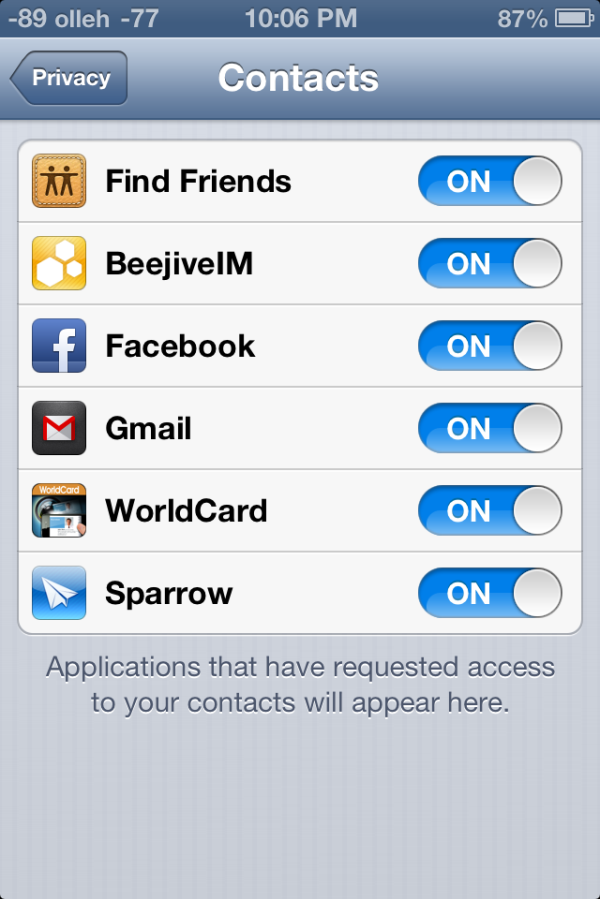
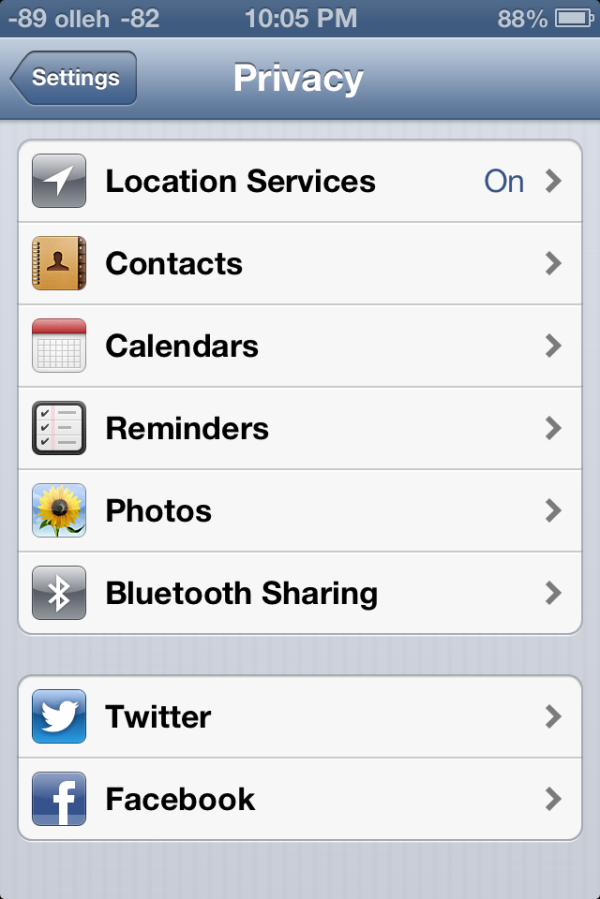
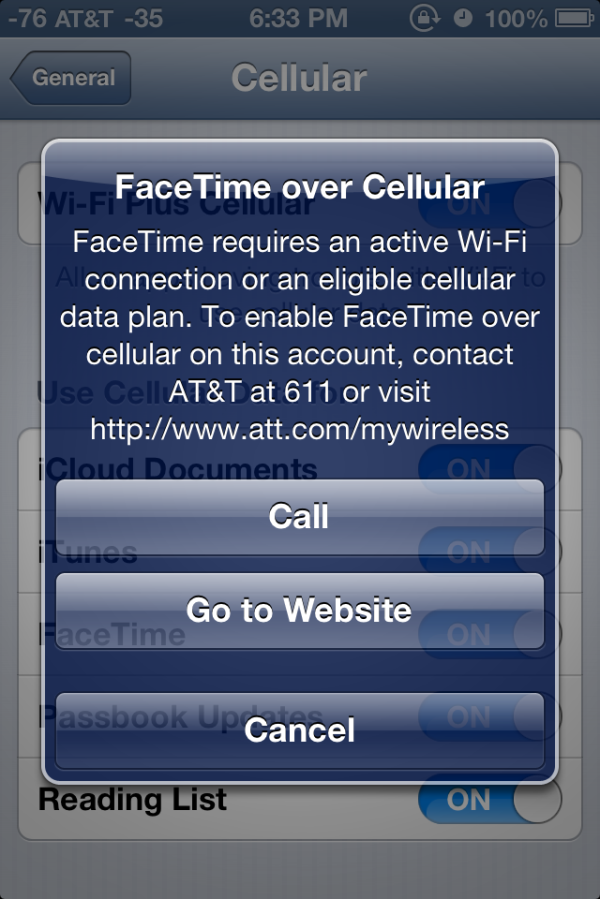


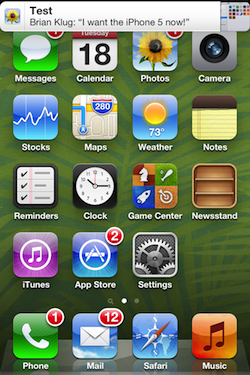
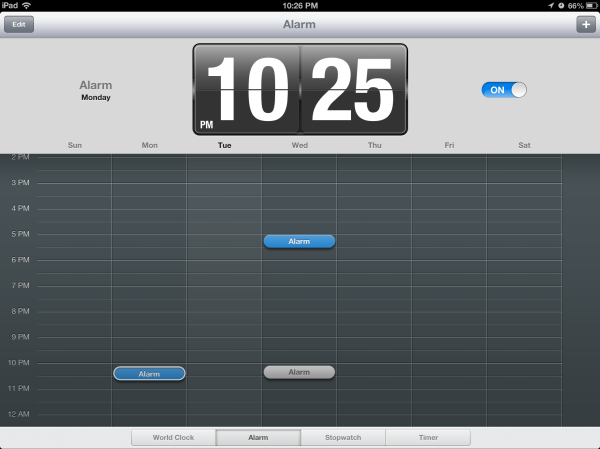
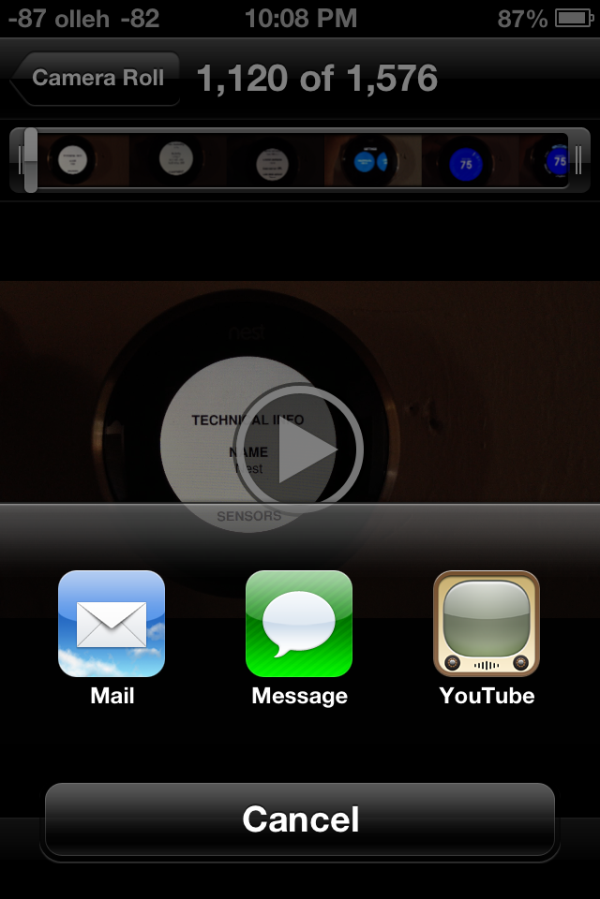
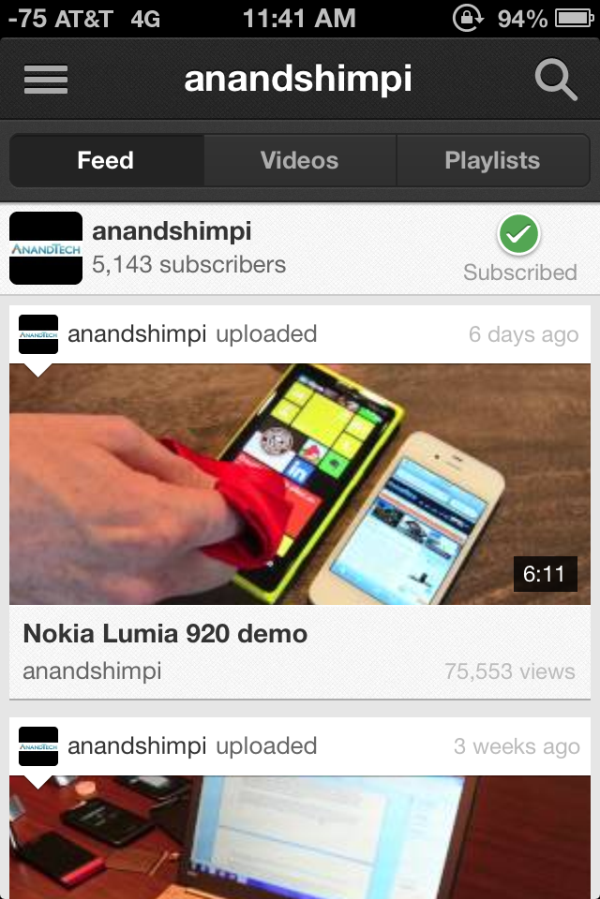








105 Comments
View All Comments
melgross - Wednesday, September 19, 2012 - link
That's not actually true. The only thing you're limited to buying from Apple is apps. Everything else can be bought elsewhere and read, or played. That's true for books, music, video of any kind, including Tv shows and movies, PDF's, etc.reuthermonkey1 - Thursday, September 20, 2012 - link
Assuming that Apple continues to allow those 3rd party apps to exist in their App Store...GSRennie - Wednesday, September 19, 2012 - link
I would rather buy Apps from the Apple Store and have some confidence that the products have been reviewed for functionality and are virus-free. I gave up on Windows years ago after adding up the time I was spending on malware control using the mix of products that you seemed to need to do a complete job. Add to that the item and money spent to get rid of viruses on various family computers (the kids weren't as cautious as I was). No doubt the Windows world is much more secure these days but I'm not going back. I run the occasional Windows program on Parallels on a laptop (with virus protection). Other than Apps for iPhones, iPads, iPods (all Apple devices), I don't see what outside content I'm blocked from getting by Apple. I can buy any software I can run on OSX and run any Windows software using Boot Camp and a Windows installation or Windows emulation options. As to the agency pricing model Apple and its partner publishers were pushing for textbooks, lets wait for a court ruling on whether that amounts to collusive price fixing. Apple wasn't setting the prices, and the publishers (with some considerable support from authors) were making the case they needed more revenue than derived from Amazon discounted sales to survive. I'm not trying to take sides on that issue until I hear more on the merits of both positions.Sufo - Thursday, September 20, 2012 - link
lol, instead of teaching your kids how to not bork a computer you simply ran away from the problem. If you can afford a mac, you could have afforded to buy them their own shitty laptop, which they could infect to the point of failure and then learn how to deal with the mess themselves... or not. Seems the typical mac user is a lazy parent as well as user!robinthakur - Thursday, September 20, 2012 - link
I think we are coming to the point where a computer should not be easily bork-able because it is essentially just an appliance which is reliable and easy to operate. This means things like OS drives and system files should be hidden to end users, but this would drive us technical types round the bend.The solution to most infections is simply to reinstall and restore/repoint data, and buying them a shitty laptop which may get infected constantly will simply waste time that they could otherqwise spend doing something more useful. Unless you teach your kids how to reinstall Windows also, that's a lot of wasted hours.
Also quite a bit of how you don't get infected is not necessarily teachable, which I realised recently trying to explain it to someone les technical. I was downloading a link from Zdnet and on the page there were loads of ads and download managers that looked like the download button but when you clicked them they tried to install some stupid software. The actual download link was fairly hidden. This and the dangers of pop ups/cookies/add-ins is not an easy subject to teach, its something we have learnewd and now take for granted.
If my Windows 7 or 8 pc (self-built I might add) kept getting infected with malware in a way which was difficult to defend against using the standard approaches, I would 100% look at moving to another infrastructure. Not everybody has the knowledge or time to deal with the problem as we would. It does not denote laziness, simply different priorities than you own. If a curated app store does get around the danger of malware from unsafe install locations, it's not surprising that its incredibly popular with regular users and is now being adapted by most of the companies out there. Even Android only trusts known safe download locations by default.
steven75 - Tuesday, September 25, 2012 - link
Ah the classic "blame the user" mindset instead of the fact that Microsoft Windows is a perilous platform to use when it comes to security.MykeM - Thursday, September 20, 2012 - link
The choice to shop where goods are sold cheaply is all good but it's not without downfall. But as someone pointed out your fury is bit misguided. With the exception of Apps, I can load onto my iPhone movies, books and songs that I got elsewhere. iTunes doesn't differentiate from items bought from its store or downloaded off Google Play- as long the format is compatible.The irony to finding cheaper price elsewhere is that media whether it's from Google Play, Amazon or iTunes, are priced equally. So there's hardly any truth in that argument.
crankerchick - Thursday, September 20, 2012 - link
Your last statement hasn't quite been my experience, at least on the content I purchase. I do don't do a lot of video purchases, but the few I have purchased have generally been cheaper on Amazon. I also routinely find music to be cheaper on Amazon, along with more specials to be had.Also, Apple may allow you to install media purchased from other sources, but it sure doesn't make such options a desired thing to do. Unsupported media formats require third party apps (for a price) along with the archaic way of transferring that content one-by-one, app by by, using iTunes, instead of allowing a true sync, as with supported content.
It is infinitely easier on Android to put the content you want on your device and consume it as you desire.
Again, not nitpicking, as your statements are accurate, but just point out that while Apple may "allow" something, they certainly don't make those "allowed" things something appealing to do.
Petri - Tuesday, September 25, 2012 - link
I have a mac and an iphone and regularly buy content from Amazon - you're right, it is generally cheaper than itunes. It's also very easy to do, since Amazon supply a downloader for the mac which neatly places all your downloaded content directly in iTunes for you.Of course once the content's in itunes, it syncs with the iphone as easily as anything else does.
Stas - Sunday, September 23, 2012 - link
What a can of worms that is. People are surprisingly easily manipulated. The pen is built around them, and they don't notice or care. Thus the the term - iSheep. But it's our nature, I suppose; not inherent to just iFans. Look at our country and "our" government...